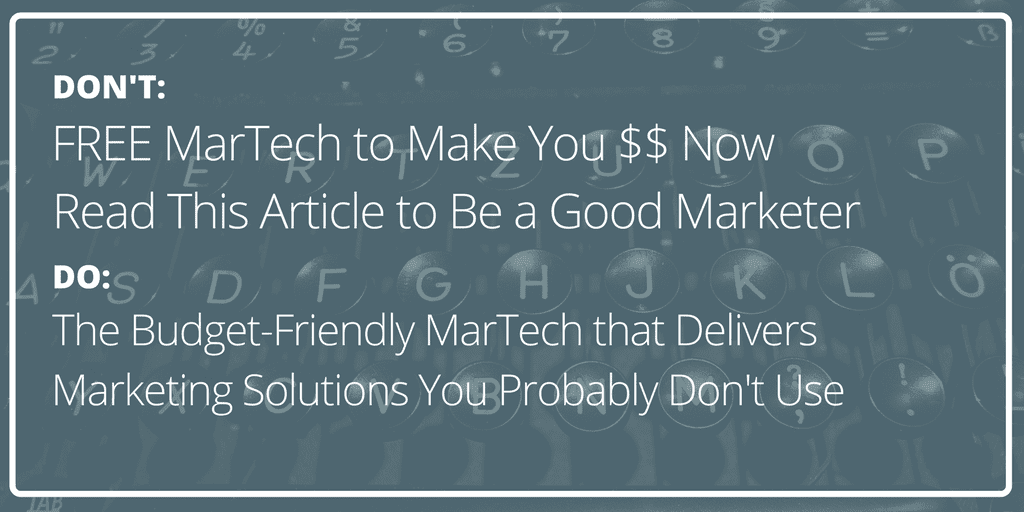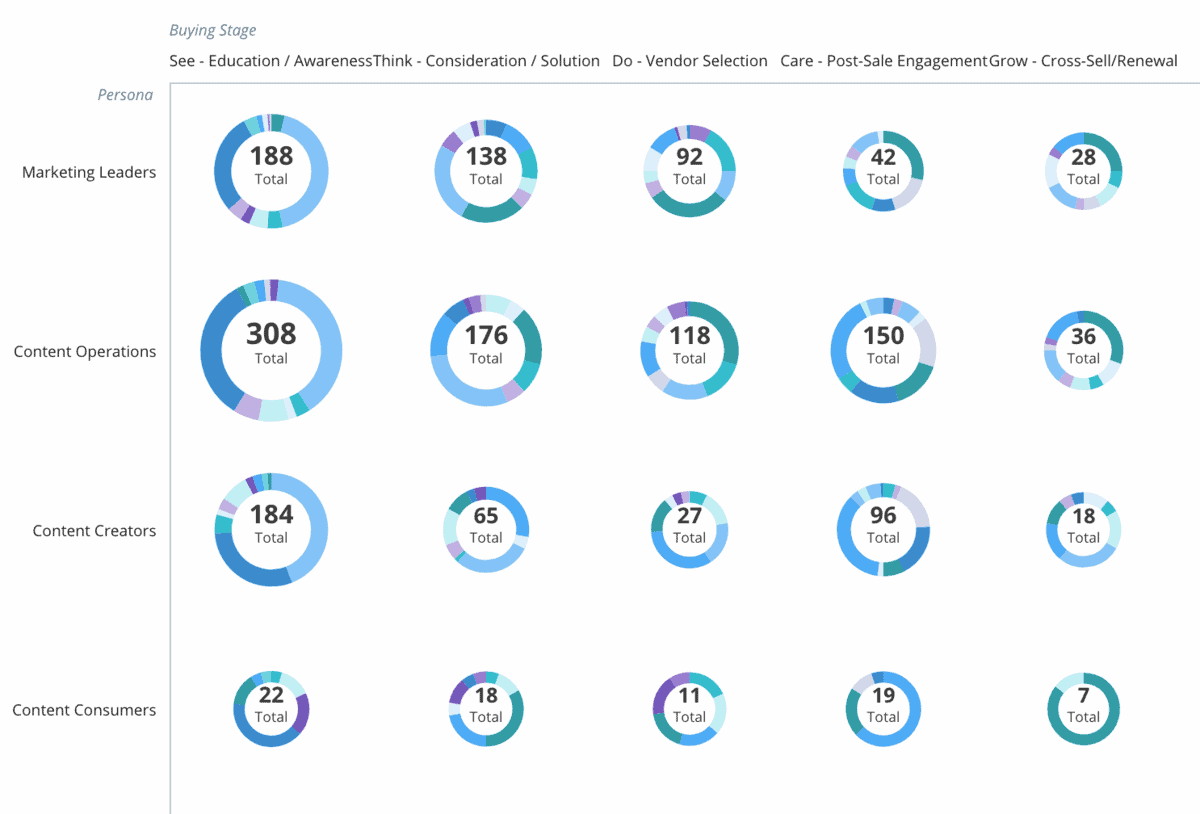When it comes to creating content, keeping clear, strategic outlines to simplify and streamline content development is kind of a no-brainer.
Not only does a structured approach make it easier to include key assets that increase customer brand awareness, but it also ensures the content you create is useful, engaging, and on-message. Following an established format is also a powerful template that disentangles the content development process and highlights content points ideal for online marketing outreach efforts.
A successful strategy establishes steps to create assets that move customer attention through the sales pipeline smoothly. To build a content strategy that improves site traffic and hits sales targets, you’ll need to start at the workflow level. Defining the steps to building each piece of content enables content production.
A Content Outline to Engage More Future Customers
Your strategy includes various different inputs and outputs. For this post, we’re going to focus on your workflow and overall content production strategy. Make the most of every moment of screen time with potential buyers. Simplify your production process with proven strategies for conversions by including these content must-have’s:
1. Align Workflows with Specific Types of Content
A blog is not a website, and a social media post is not a white paper, right? Your workflows out to fit the needs for the specific content type. That way, it’s easier to produce work consistently and tweak the steps as needed.
Start with your most frequent content types, as they will be the most intuitive to build. Here’s some of what you need to get started:
- Blog post
- eBook
- White paper
- Social post
- Infographic
- Newsletter
Each workflow will have slightly different needs and focuses. Clarify how each type of content feeds people into the sales pipeline—and at what stage—to tune into a customer’s specific level of interest and knowledge base. With this starting point, you’ll be able to streamline your entire content creation process.
2. Use Clear, Catchy Headlines to Promise Value
Headlines that are clear, direct, and keyword-driven (relevant to buyer personas) are essential. In blog posts, email marketing, social media, and more, a headline compels people to take action.

Know your target audience—their pain points and relevant solutions—and write headlines featuring SEO keywords in a way that sounds natural and motivating. Don’t be afraid to take time on your headline; after all, it often determines whether or not someone wants to read the rest of your asset. Here are some different styles to try on your specific audience:
- Questions: Are You Using MarTech Effectively?
- Number-based lists: 5 Technologies Your B2B Organization Should Be Using
- Leading: This Is Why You’re Struggling with Conversions
- Statistic: 100% of B2B Marketers Are in Favor of Content Frameworks**
**This is just an example; while we don’t have the research to back it, we’re hopeful 🙂
Key takeaway: Leave “click-bait” language behind in favor of more personalized, targeted headline development. Think of your title as a value proposition. What are you offering in exchange for the few minutes of time your reader is about to spend?
3. Define the Purpose of Your Content
A comprehensive content strategy will account for all parts of the buying stage. Not everyone is looking to buy right now, but you can still generate content that interests future buyers.
Build a mix of evergreen and trendy material outlined to serve up actionable tidbits that meet all levels of interest. Consider both of these types of content:
- Pieces that are used in the long-term: These likely promote your product and outline the core challenges it solves. This can be updated to keep your web content fresh, but also can live on without being touched.
- Pieces that showcase a new service that’s relevant but time sensitive: As updates to your product come and go, you’re going to have some content that is incredibly exciting to publish, but eventually needs to be retired.
When positioned properly, each type of content can draw in eyeballs. But the focus and call to action (CTA) will be different for each piece. Define the purpose of your content, and you’ll have better alignment throughout the piece.
4. Match the Knowledge Level and Desire of a Target Audience
If all content is geared for beginners, there’s no way to show your B2B has advanced knowledge beyond the basics. You’ll inevitably lose higher quality customers if they think you’re inexperienced, but you also don’t want to overwhelm and scare away beginners.
Provide a healthy balance of content with interactive breadcrumbs to address all levels of customer needs and knowledge. At Kapost, we love to see the spread of our content across buyer personas and stages. Check it out:
 Even if you don’t have this handy view, it’s still crucial to monitor how much content you have directed to specific targets. Once you have this data, you can delve deeper to see what’s working with it.
Even if you don’t have this handy view, it’s still crucial to monitor how much content you have directed to specific targets. Once you have this data, you can delve deeper to see what’s working with it.
To fully analyze your content, track analytics to see what pieces continue to deliver, how things need to be improved, and needs to be added to make the your strategy stronger. Also, make note of customer’s pathways through content online: where they start, end up, and leave the buyer’s journey.
5. Create Compelling Graphics and Images
People connect with images before they read a word. Clear, self-explanatory logos and graphics get interested customers to move further into the associated content, hands down. Not to mention, you’ll increase time on page for virtual assets and get an SEO boost while you’re at it.
Each type of marketing piece, such as an eBook, white paper, blog article, etc., have unique requirements for images, including what type and how many. Be sure to think about how to use infographics to slim down content density and improve clarity of complex points or subjects. Build your content workflow to accommodate the different needs, so you’re not stuck scrambling for images the day you go live.
6. Provide Actionable Next Steps and Links to More Information
Of course, CTAs and links to additional content pillars are critical workflow steps, but what do your links say or sound like? It’s critical to meticulously craft the phrasing. Nothing stops people in their tracks faster than unclear content that makes them think too hard or spend too much time looking for what was promised.
CTAs and links need to be obvious and compelling—as well as peppered with keywords. Leverage these aspects in content as powerful game-changers: the points at which customers decide to proceed with your product or service. Direct people quickly and easily to what you really want them to do. Use motivating language that hits home with the value of what they will be getting as a result.
7. Regularly Evaluate Your Workflows to Best Fit Your Strategy
As the needs of your target audience change, you might need to revisit your workflows. For example, you might find you need to add in a step to add more graphics or CTAs, or even update or retire content a year after publishing.
Remember, content is the engine that keeps customers connected with your brand. You wouldn’t drive your car without oil because it’s essential to keep the engine running smoothly, right? Kick start your content with a framework that keeps the workflow moving and shapes a variety of pieces to meet the customer’s needs and pain points consistently.

